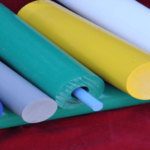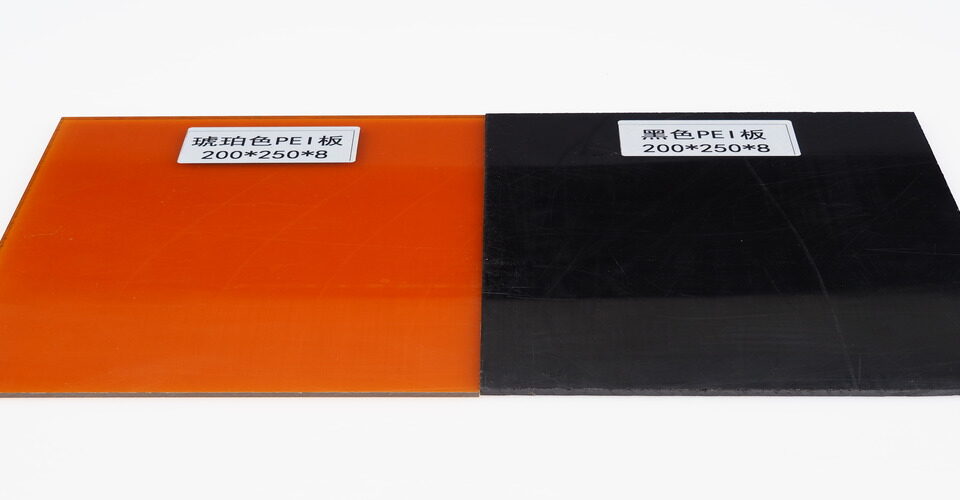
What is a PEEK plastic?
December 3, 2024
What Are the POM Material Data Sheets?
December 4, 2024ABS (Acrylonitrile Butadiene Styrene) is a common thermoplastic polymer widely used in various applications due to its robustness, versatility, and ease of processing. This material is created by polymerizing three monomers: acrylonitrile, butadiene, and styrene, which contribute to its strong and durable characteristics. ABS is used in a variety of industries, from automotive and electronics to consumer goods and toys.

Composition of ABS Material
ABS is composed of three primary components:
- Acrylonitrile: Provides chemical resistance and thermal stability.
- Butadiene: Contributes to impact resistance and toughness.
- Styrene: Offers rigidity, processability, and a smooth surface finish.
This combination gives ABS material its unique blend of strength, durability, and processing flexibility. The proportions of each component can be adjusted to achieve different characteristics for specific applications.
Characteristics of ABS Material
ABS material is known for its excellent impact resistance, even at low temperatures. It is also highly resistant to chemicals and offers good dimensional stability. ABS is lightweight, making it suitable for applications where weight reduction is important. Additionally, it has good electrical insulating properties and a smooth surface that can be easily painted or coated. The material can be easily molded, making it ideal for injection molding processes.
Applications of ABS Material
ABS is used in a wide range of industries. Common applications include the production of household appliances, automotive parts, toys (such as LEGO bricks), and electronic housings. It is also used in the medical field for certain equipment and devices due to its strength and safety.
Conclusion
ABS material is a versatile, durable thermoplastic with a wide range of applications. Its combination of toughness, ease of processing, and stability makes it a preferred choice in many industries.






